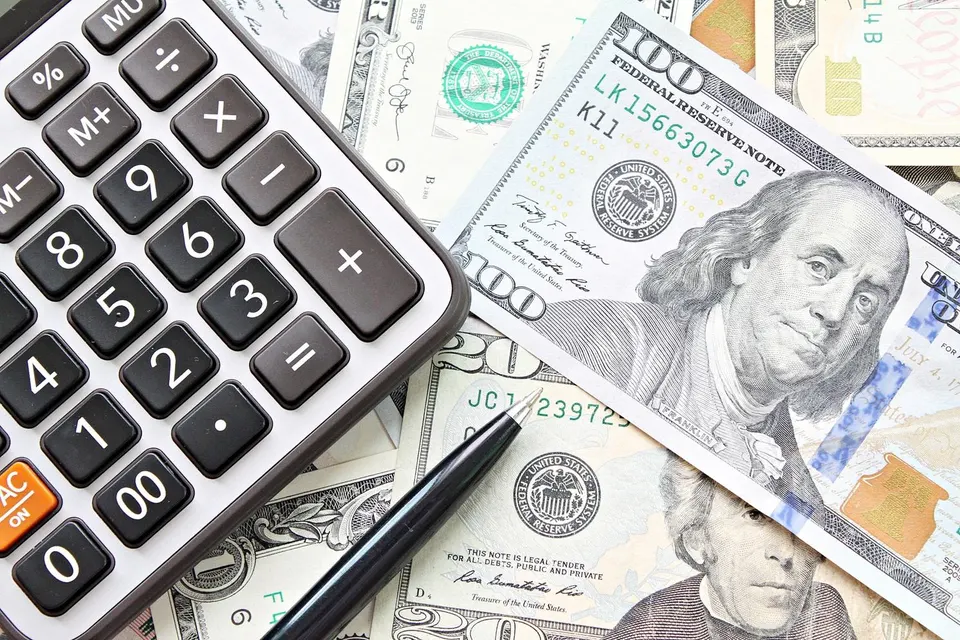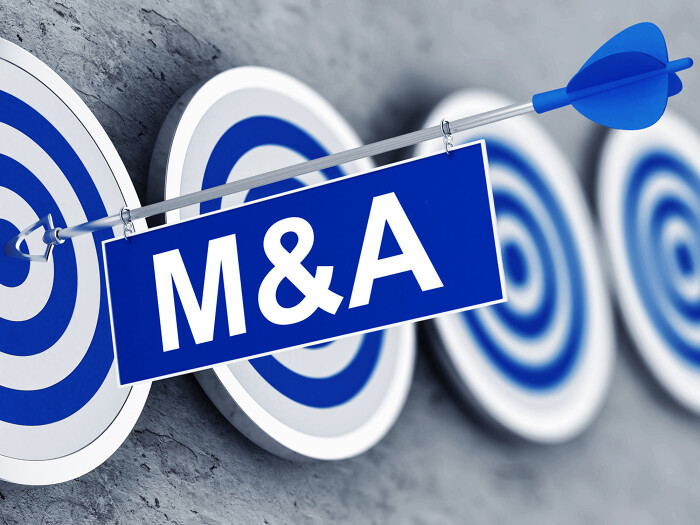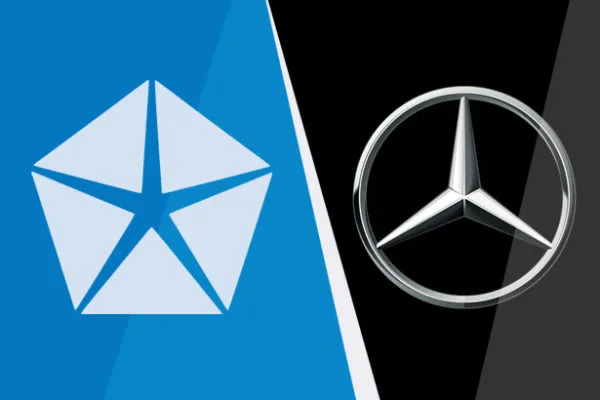Detailed M&A Valuation Methods – Essential Knowledge for Investors
Explore how to calculate value in Mergers and Acquisitions (M&A), from DCF to market comparables. Understand how to assess a business and identify the factors that influence decision-making in M&A.

In today’s business world, M&A plays an indispensable role in shaping corporate structure and strategy. When two companies merge—or when one acquires another—those decisions can significantly shift market share, accelerate innovation, and drive economic growth. This article provides a deep dive into M&A approaches and calculations, equipping students and practitioners with the practical knowledge needed for real-world application.
M&A transactions are not only opportunities to expand operations; they also pose challenges that demand expertise in finance, strategy, and risk management. Accurately valuing a target and performing the necessary calculations to reach a fair, effective agreement are critical. This requires a solid foundation in financial analysis and the ability to evaluate the drivers of enterprise value.
This article targets students in economics, business administration, and finance, as well as professionals working in finance and M&A. By covering fundamental-to-advanced calculation methods, we aim to help readers master the theory and apply it in practice—enhancing their value in an increasingly competitive business environment.
1. M&A Basics
Mergers and Acquisitions (M&A) is the umbrella term for two companies combining or one company acquiring another. Both aim to strengthen competitive position and economic efficiency by combining resources, technology, or markets.
1.1 Definitions
- Merger: Two companies—often similar in size—combine to form a new company (e.g., the merger of Daimler-Benz and Chrysler into DaimlerChrysler).
- Acquisition: A larger (or peer) company buys another; the target becomes part of the buyer rather than forming a new entity (e.g., Disney’s acquisition of Pixar).

1.2 Common Types of M&A
- Horizontal integration: Companies in the same industry combine to increase market share and reduce competition.
- Vertical integration: Companies in related supply-chain stages combine to improve cost control and quality management.
- Brand acquisition: Buying a company to enhance reputation and brand power through ownership of established brands.
- Asset acquisition: Purchasing specific assets of another company, often during liquidation or restructuring.

1.3 Benefits and Risks in M&A
Benefits
- Rapid growth: Enables fast scaling.
- Product/service diversification: Access to new offerings and markets.
- Economies of scale: Leverage acquired resources and technology to cut costs and increase margins.
Risks
- Corporate culture: Cultural misalignment can hinder integration.
- Overvaluation: Paying too much for the target can destroy value.
- Legal and regulatory: Issues can arise during and after the deal.
(See also: What are Mergers and Acquisitions?)
2. Common Valuation Methods in M&A
Accurately valuing the target is one of the most critical steps in M&A. Below are widely used methods and how they are applied in practice.
2.1 Discounted Cash Flow (DCF)
Definition: Values a company as the present value of future cash flows.Application: Forecast free cash flows and discount them at a rate reflecting risk and time value—typically WACC.Illustration: If a company generates USD 100 million per year for 5 years with a 10% WACC, discount each year’s cash flow at 10% and sum to obtain present value.
2.2 Trading/Transaction Comparables (Comps)
Definition: Values the target by comparison with similar companies.Application: Use multiples such as P/E, EV/EBITDA, and industry-specific ratios.Illustration: If peers in tech trade at EV/EBITDA = 15×, estimate the target’s EV by multiplying its EBITDA by 15.
2.3 Book Value
Definition: Total assets – total liabilities.Application: Useful in special cases (e.g., liquidation) or when other methods are impractical; may not reflect market value for IP-heavy or high-growth firms.Illustration: Assets of USD 200 million and liabilities of USD 50 million imply book value of USD 150 million.
2.4 Residual (Economic) Value Method
Definition: Measures value created after charging the cost of capital (economic profit).Application: Determine sustainable profit after capital charge; discount and sum the residual income.Illustration: Expected profit of USD 50 million with a capital charge of USD 30 million yields USD 20 million residual per year—discount to present value.

3. The M&A Calculation Process
Valuation is part of a broader set of preparatory and analytical steps to ensure a smooth, effective deal.
3.1 Data Collection
Purpose: Gather financial, operational, legal, and market information on the target.How: Financial statements, management reports, industry data, and market analysis; conduct preliminary feasibility and identify strengths/weaknesses.Example: Collect 5 years of financials, assess financial health, and review current legal issues.
3.2 Data Analysis and Assessment
Purpose: Evaluate deal potential and risk.How: Financial ratios, cash-flow analysis, SWOT to assess the target’s financial position and market opportunities.Example: Run a SWOT to pinpoint strengths, weaknesses, opportunities, threats.
3.3 Financial Modeling
Purpose: Build models to forecast outcomes across scenarios.How: Use spreadsheets or modeling tools to project cash flows, earnings, and post-deal financials.Example: Model revenue growth, integration costs, and cost-synergies.
3.4 Valuation and Negotiation
Purpose: Determine fair value and negotiate optimal terms.How: Use analysis and models to set a fair value; negotiate deal terms with the seller.Example: Propose a purchase price grounded in DCF and comps, then negotiate to a final agreement.
Each step demands high accuracy and nuanced judgment. M&A project leaders need deep corporate finance knowledge and negotiation skills to ensure decisions rest on strong, value-accretive foundations.

4. Factors Affecting M&A Valuation and Decisions
Recognizing these factors improves accuracy and execution quality.
4.1 Macroeconomic Factors
- Interest rates: Affect borrowing costs and discount rates, impacting valuations.
- Economic conditions: Global/regional cycles influence demand, input prices, and profitability.
- Legal/regulatory environment: New regulations and tax policy shift costs/benefits and may require recalibration.
4.2 Market Factors
- Competitive landscape: Rival bids or industry consolidation can lift prices and alter strategic value.
- Target market dynamics: Trends and demand—especially in tech and FMCG—can materially change valuations.
4.3 Internal (Company-Specific) Factors
- Corporate culture: Misalignment between buyer and target complicates integration and erodes value.
- Financial and human capital: Strong balance sheets and talent often command higher prices.
A thorough, holistic assessment helps set a fair value and supports seamless integration—maximizing benefits for all parties.

5. Case Examples of M&A Valuation in Global Deals
5.1 Daimler-Benz and Chrysler (Merger)
- Year: 1998
- Value: USD 36 billion
- Methods: Book value and DCF to establish fair exchange ratios; detailed asset/liability analysis.
- Outcome: Expected scale and efficiency gains were challenged by cultural and strategic integration issues.

5.2 Disney’s Acquisition of Pixar
- Year: 2006
- Value: USD 7.4 billion
- Methods: Comparables within entertainment/film and DCF on projected film cash flows.
- Outcome: Revitalized Disney’s animation and enhanced creativity; Pixar retained brand and operational autonomy.

5.3 Facebook’s Acquisition of WhatsApp
- Year: 2014
- Value: USD 19 billion
- Methods: Comparables emphasizing active users and growth; long-term data value and competitive positioning.
- Outcome: Strengthened Facebook’s dominance and mobile reach.

These examples show that method selection depends on deal context and objectives—business model, industry dynamics, and strategy all matter.
6. Conclusion
In a complex, competitive global economy, mastering M&A valuation methods is essential for investors and executives. M&A is more than finance—it’s strategy, analysis, and an understanding of culture and business goals. The principles and valuation techniques outlined here form a robust toolkit for professional, disciplined dealmaking.
At the same time, methods must evolve with markets and technology. Continuous learning from completed deals and ongoing refinement of analytical and decision skills are key to maximizing value for both buyer and seller. With thorough preparation, deep analysis, and the right strategy, companies can scale, strengthen competitive position, and build durable, long-term value.